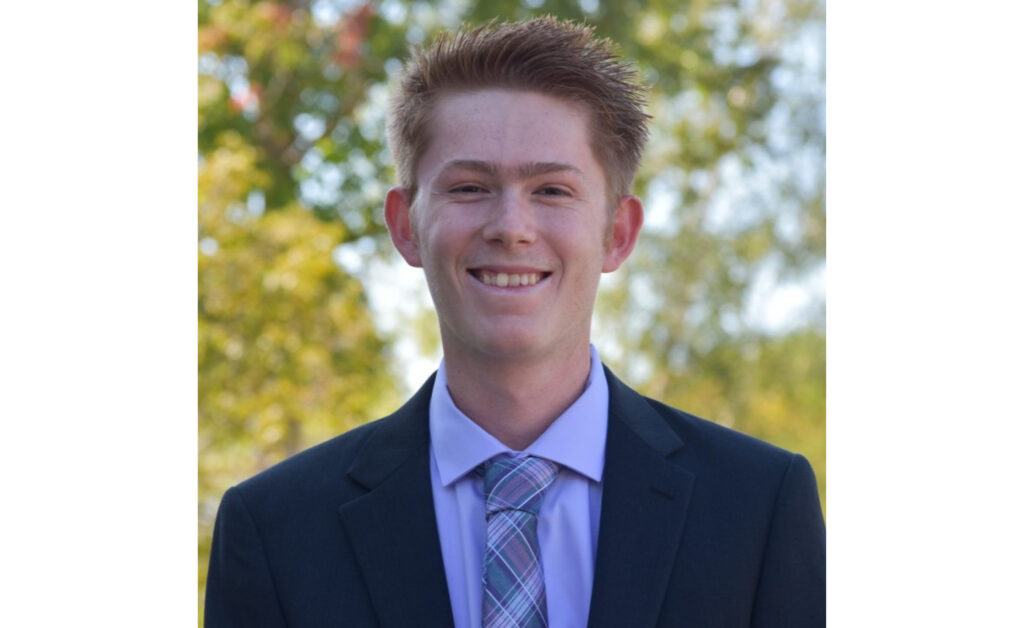– by Krista Scotvold, Senior Advisor, Investments, Island Savings Credit Union –
While you’re in the spirit of establishing new habits for a new year ahead, spend some time this January checking in with your family’s short and long-term financial goals.
A few tips to make this check-up easy:
Start with a simple cash flow analysis that looks at your debt and savings strategy. Your financial advisor (or bank account manager) can help you summarize your current approach in just a few minutes and this exercise will help you pinpoint exactly where you are right now, where you need to be and what your true assets and liabilities are. It will also help you plan for any immediate expenses you have on deck beyond basic living costs in the first half of 2015: after-school recreational programs, spring break camps, summer vacation plans – you name it.
Using this information, your advisor can then help you create an annual budget for the new year if you don’t already have a system in place. A budget will help you stay objective about your fixed and variable expenses – about what’s essential and what can be shaved down if debt repayment or rainy day savings are a priority for your household this year. Once your budget is in place, monthly comparisons of your actual expenses against what you planned for will help you stay on track long after most New Year’s resolutions fade away. Breaking this simple monthly reconciliation into two manageable pieces – 30 minutes spent crunching numbers and paying bills mid-month and another half hour once the month has closed – makes this part of the work much less daunting, helping you follow through on your budget management goals.
With a budget in hand, you can then set up dedicated savings accounts for both your big-ticket goals and your retirement. For example, you might have one for your child’s education, one for a future down payment, one for your annual TFSA contribution and one for that trip to Disneyland. Products like Island Savings’ Save The Change account – where every purchase you make with your debit card is automatically rounded up to the next dollar and the ‘change’ goes directly into savings – makes this part easy, but you could also set up automated deposits on a weekly, monthly or quarterly basis depending on what works best for your lifestyle.
Ultimately, shifting just one or two habits will likely save you money. Are you paying a high interest rate on your credit card instead of a relatively low annual fee? Where are you currently putting your child tax benefit? A portion of this income can likely be redirected into savings without undermining your ability to pay the bills.
It all starts with a quick conversation with an advisor who can help you think about your money in a creative way. 30 minutes is all you need to get this check-in started (bring your kids along!); we can take care of the rest by email or phone.
Whatever your current savings may be, a check-in now with your financial advisor is guaranteed to give you a few tips to get you to your goals faster – and a few minutes of planning today will help keep your finances stress-free well past the first few months of 2015.




